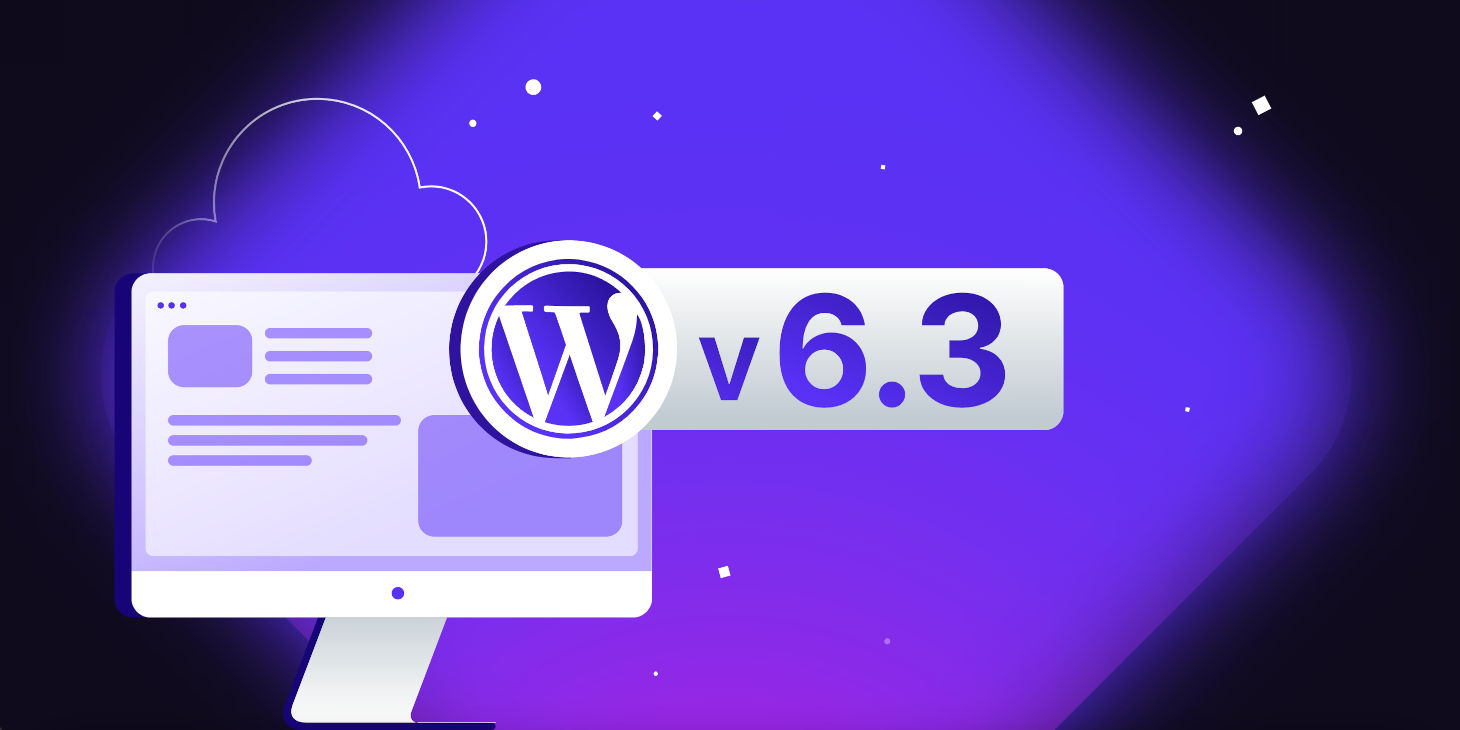Title: Unveiling WordPress 6.3: A Comprehensive Overview of Site Editor Enhancements and Block Pattern System Changes
Introduction:
WordPress 6.3 marks the culmination of Phase 2 in the WordPress roadmap, showcasing substantial improvements to the Site Editor and integrating ten versions of the Gutenberg plugin into the core. This release introduces a myriad of enhancements that redefine the editing experience, offering increased functionality and a streamlined interface for site creators.
Enhanced Navigation in the Site Editor:
The Site Editor’s navigation has undergone a significant overhaul in WordPress 6.3. New entry points have been introduced, consolidating access to various editor areas for a more consistent and user-friendly experience. Two prominent additions include the “View site” button, providing quick access to the front end, and the “Open command palette” button, unlocking a powerful new feature called the Command Palette.
Navigation Menu:
WordPress 6.3 introduces a refined Navigation menu in the Site Editor, allowing creators to manipulate navigation menus seamlessly. Users can move menu items, rearrange their order, and delete them, all within the same interface. Additionally, the ability to edit page content and layout is easily accessible from this menu.
Styles Menu:
The Styles menu enables users to preview and apply style variations in browse mode. The inclusion of the Style Book, accessible from the Styles panel, facilitates a preview of available blocks with different styles applied directly within the editor’s interface.
Pages Menu:
The Pages menu provides access to the ten most recently updated site pages, accompanied by robust editing features. Notably, WordPress 6.3 introduces the ability to create new pages without leaving the editor, streamlining the page creation process and enhancing overall efficiency.
Templates:
In the Templates section, users can access page templates. The creation process now involves selecting default pages and block patterns, offering more flexibility in template creation.
Patterns Section Overhaul:
Formerly known as the Library, the Patterns admin section undergoes a substantial overhaul in WordPress 6.3. Users can manage template parts and patterns efficiently, with access to Template parts and Block patterns categorized for easy navigation. The introduction of a lock icon identifies theme patterns that remain unmodifiable by users.
Block Pattern System Changes:
WordPress 6.3 brings notable changes to the block pattern system, distinguishing between Synced and Not Synced patterns. The wp_block custom post type now supports custom fields, and a new wp_block_sync_status meta field has been added to track pattern synchronization status.
Conclusion:
WordPress 6.3 represents a pivotal moment in the evolution of the platform, with a focus on refining the Site Editor and introducing a revamped block pattern system. These enhancements empower site creators with greater control, efficiency, and flexibility, laying the foundation for a more intuitive and powerful content creation experience. Explore the new features and take your WordPress editing experience to the next level.Title: Unveiling WordPress 6.3: A Comprehensive Overview of Site Editor Enhancements and Block Pattern System Changes
Introduction:
WordPress 6.3 marks the culmination of Phase 2 in the WordPress roadmap, showcasing substantial improvements to the Site Editor and integrating ten versions of the Gutenberg plugin into the core. This release introduces a myriad of enhancements that redefine the editing experience, offering increased functionality and a streamlined interface for site creators.
Enhanced Navigation in the Site Editor:
The Site Editor’s navigation has undergone a significant overhaul in WordPress 6.3. New entry points have been introduced, consolidating access to various editor areas for a more consistent and user-friendly experience. Two prominent additions include the “View site” button, providing quick access to the front end, and the “Open command palette” button, unlocking a powerful new feature called the Command Palette.
Navigation Menu:
WordPress 6.3 introduces a refined Navigation menu in the Site Editor, allowing creators to manipulate navigation menus seamlessly. Users can move menu items, rearrange their order, and delete them, all within the same interface. Additionally, the ability to edit page content and layout is easily accessible from this menu.
Styles Menu:
The Styles menu enables users to preview and apply style variations in browse mode. The inclusion of the Style Book, accessible from the Styles panel, facilitates a preview of available blocks with different styles applied directly within the editor’s interface.
Pages Menu:
The Pages menu provides access to the ten most recently updated site pages, accompanied by robust editing features. Notably, WordPress 6.3 introduces the ability to create new pages without leaving the editor, streamlining the page creation process and enhancing overall efficiency.
Templates:
In the Templates section, users can access page templates. The creation process now involves selecting default pages and block patterns, offering more flexibility in template creation.
Patterns Section Overhaul:
Formerly known as the Library, the Patterns admin section undergoes a substantial overhaul in WordPress 6.3. Users can manage template parts and patterns efficiently, with access to Template parts and Block patterns categorized for easy navigation. The introduction of a lock icon identifies theme patterns that remain unmodifiable by users.
Block Pattern System Changes:
WordPress 6.3 brings notable changes to the block pattern system, distinguishing between Synced and Not Synced patterns. The wp_block custom post type now supports custom fields, and a new wp_block_sync_status meta field has been added to track pattern synchronization status.
Conclusion:
WordPress 6.3 represents a pivotal moment in the evolution of the platform, with a focus on refining the Site Editor and introducing a revamped block pattern system. These enhancements empower site creators with greater control, efficiency, and flexibility, laying the foundation for a more intuitive and powerful content creation experience. Explore the new features and take your WordPress editing experience to the next level.


